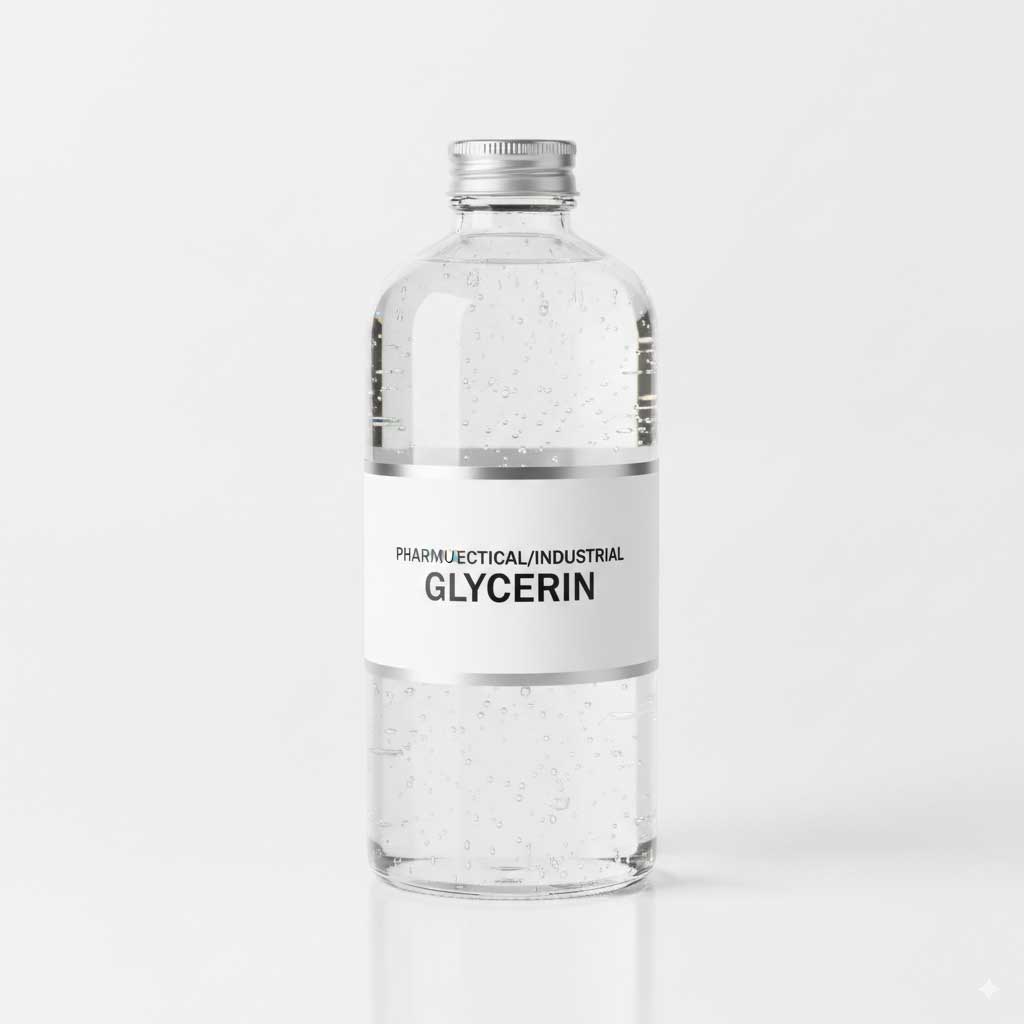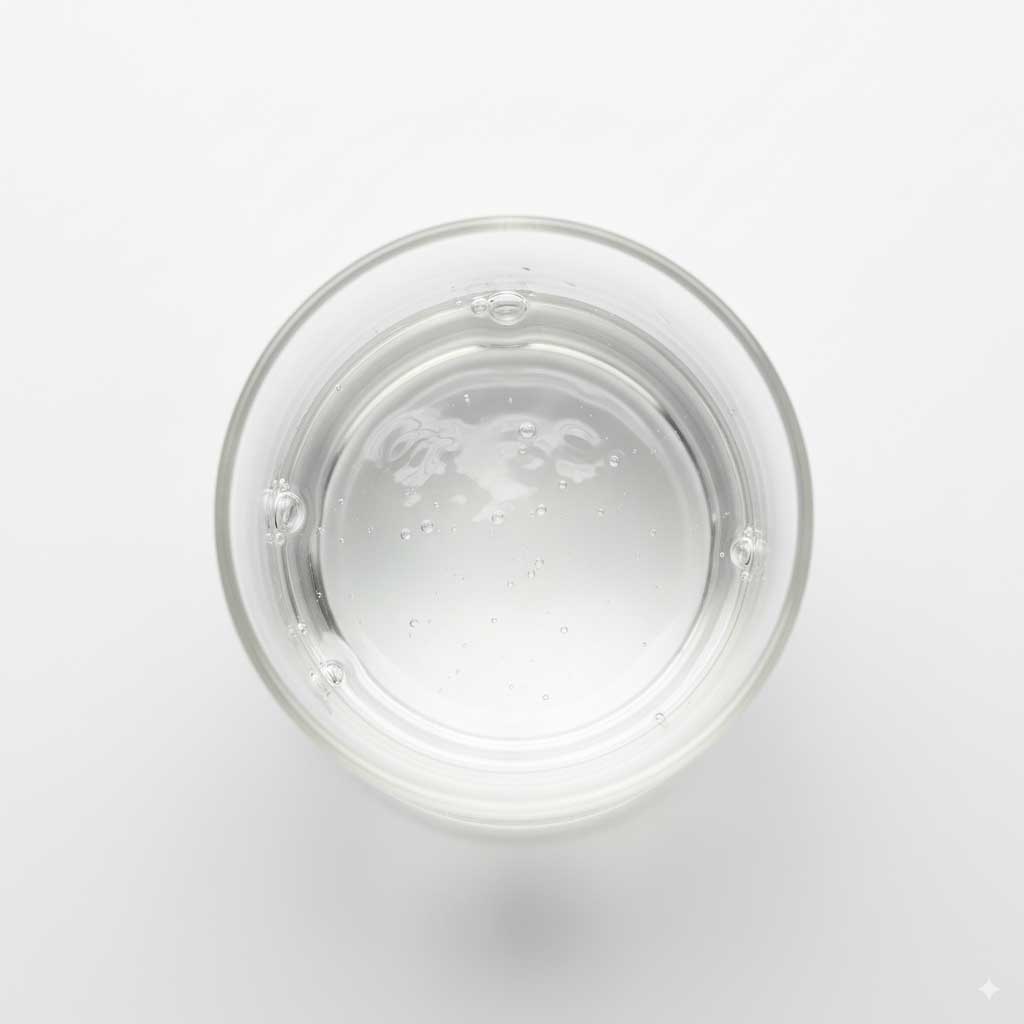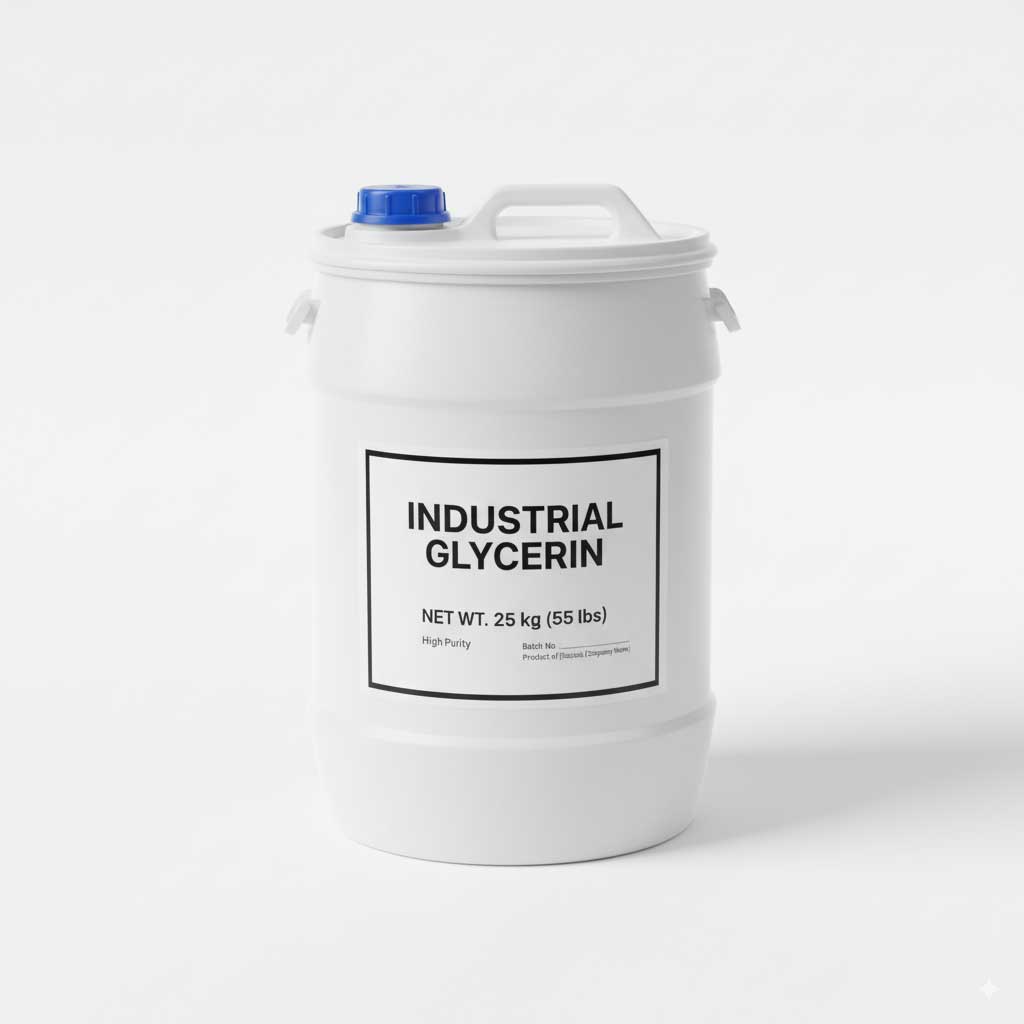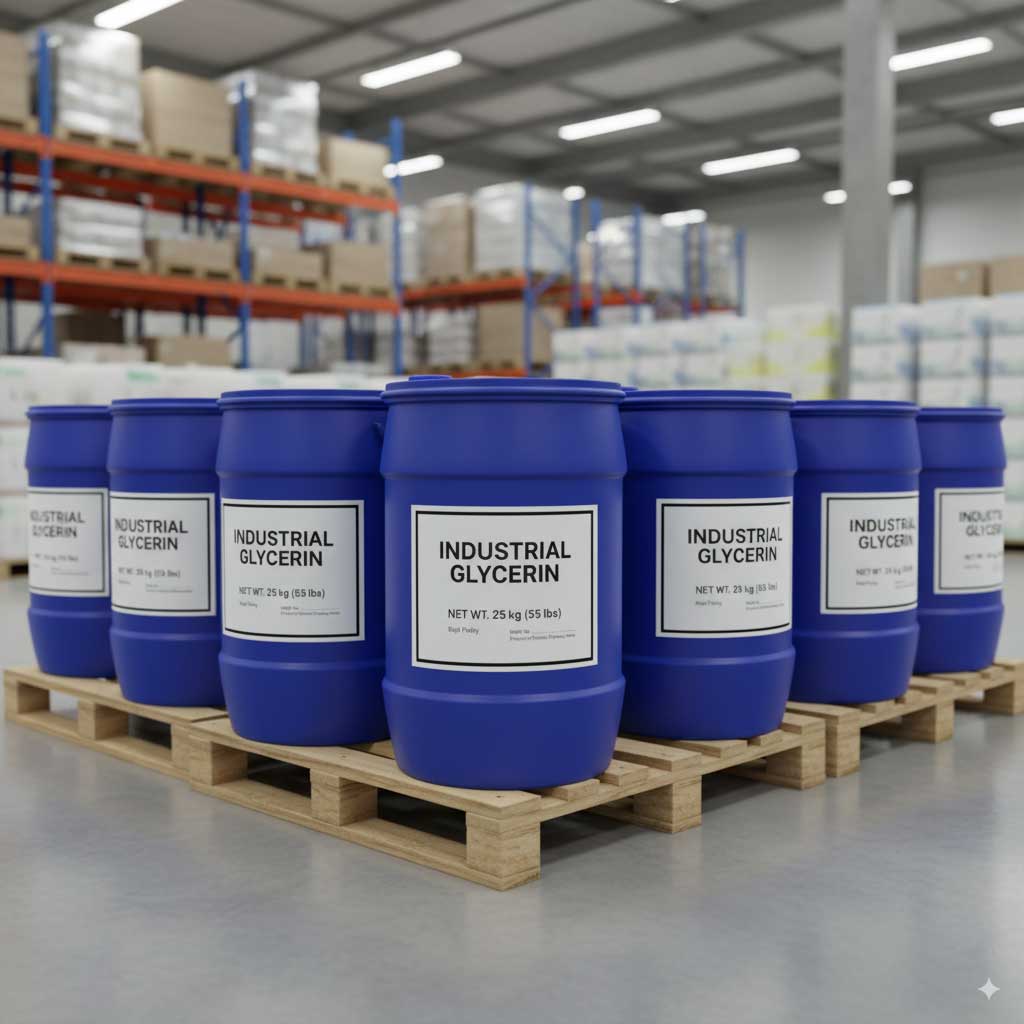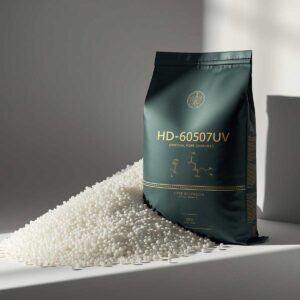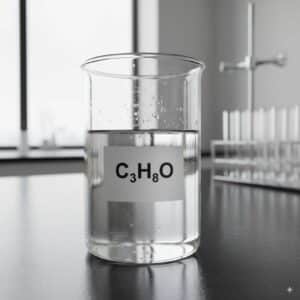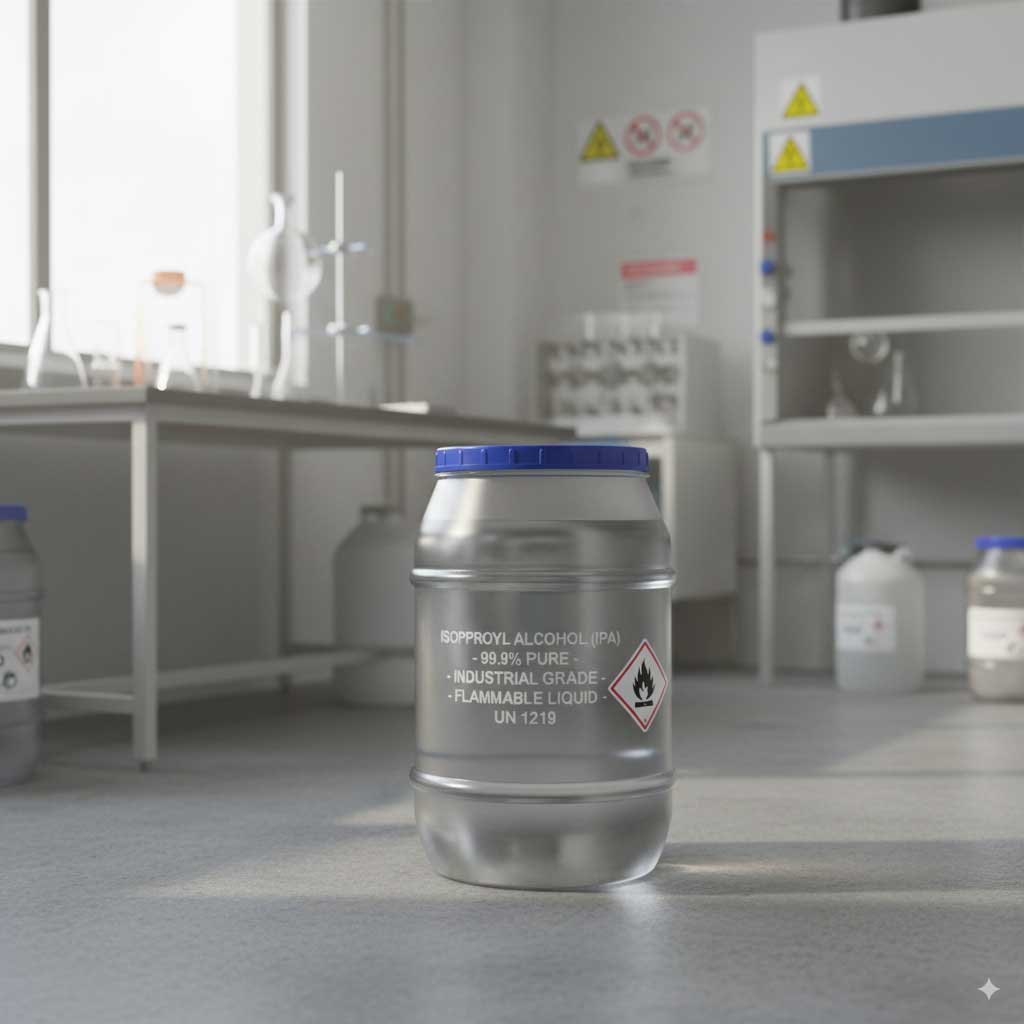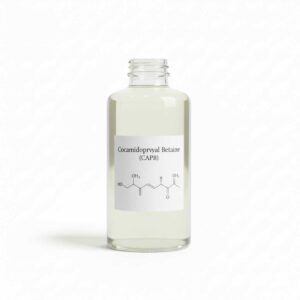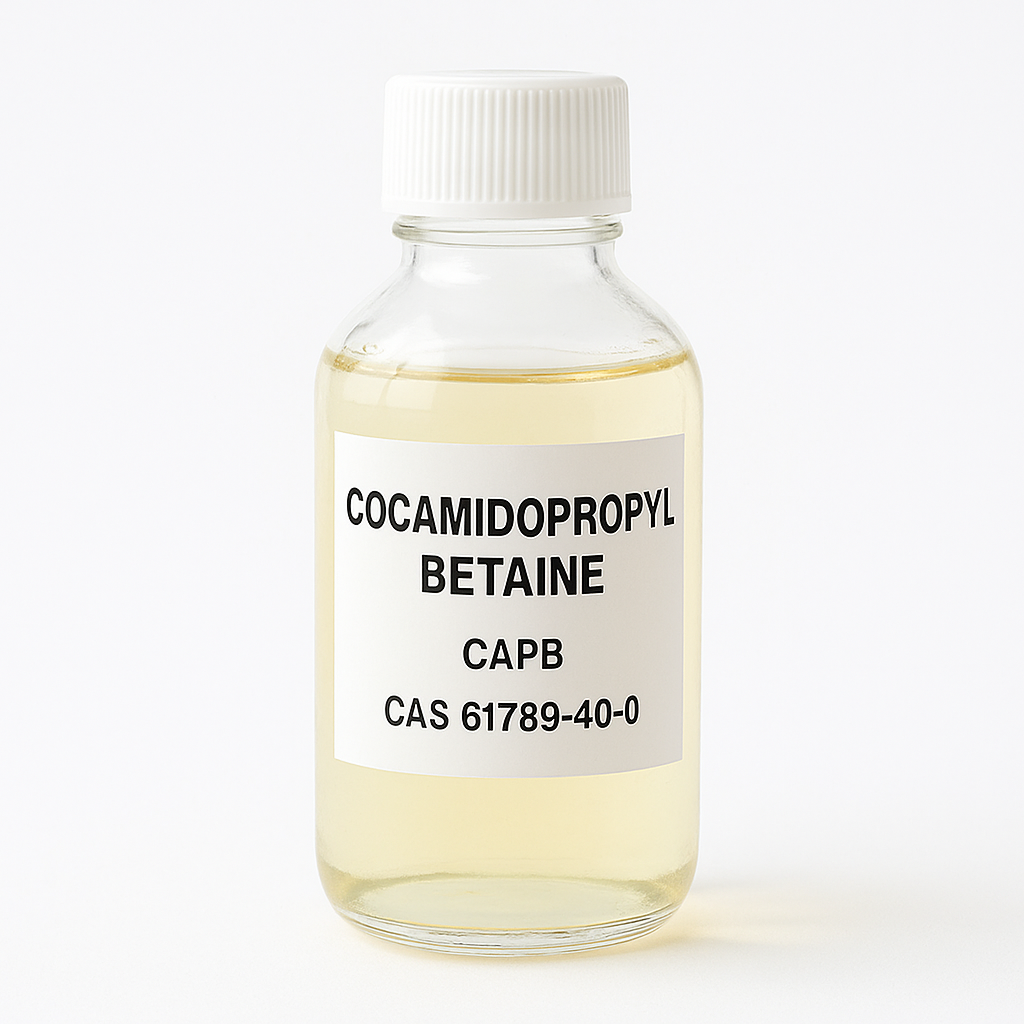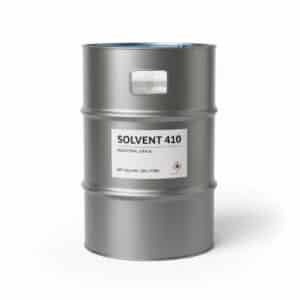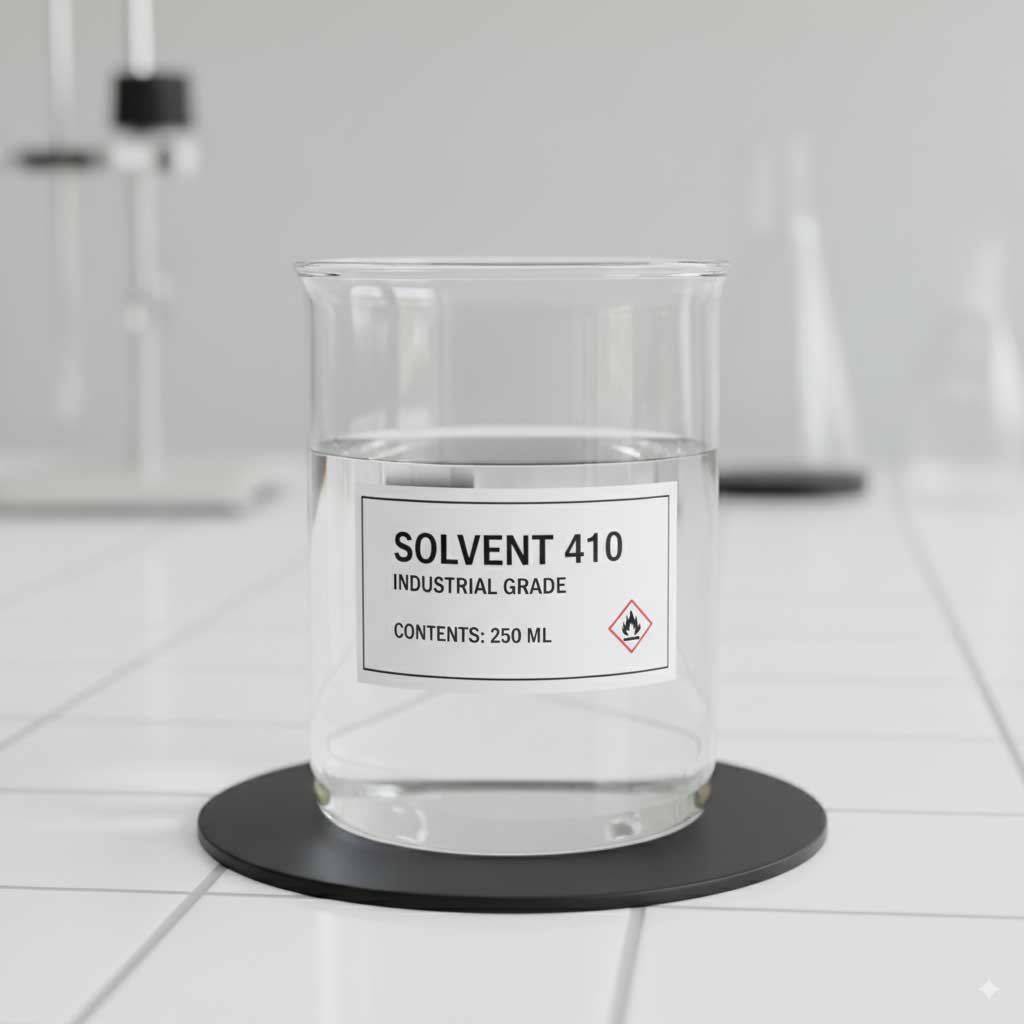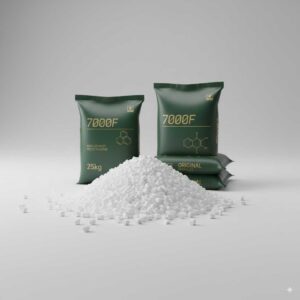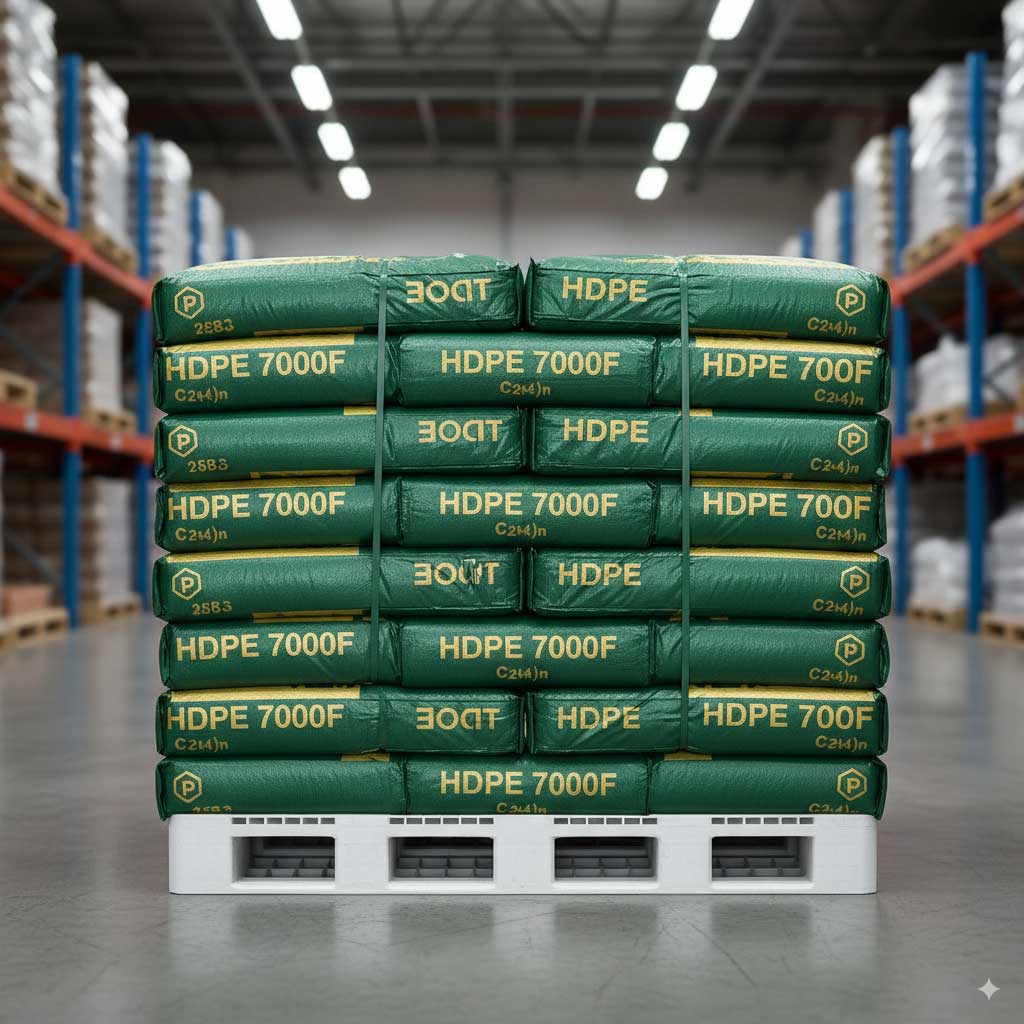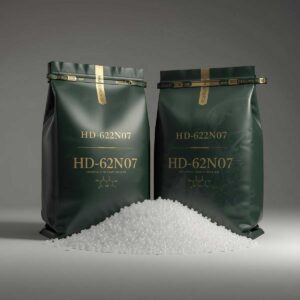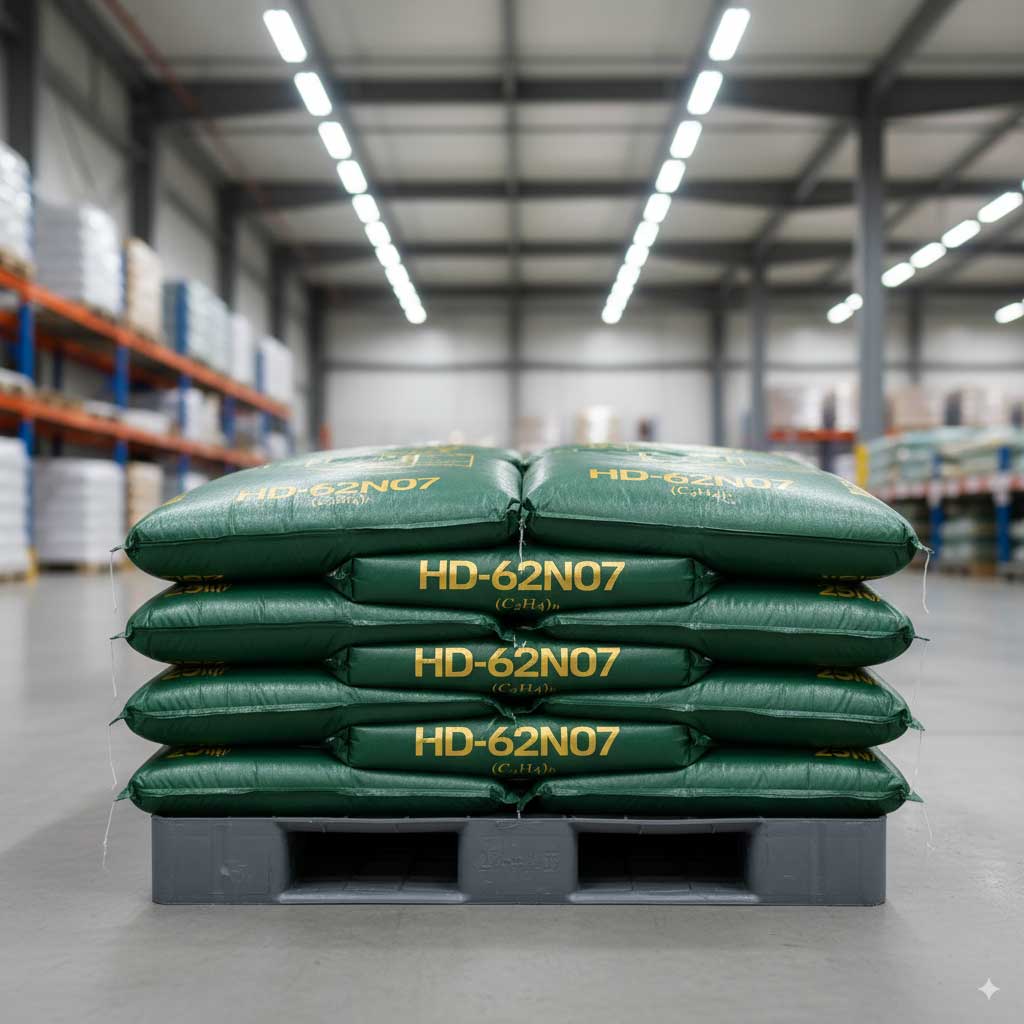No products in the cart.
Categories : Chemical, Detergent raw materials, Industrial, Pharmaceutical and food, Raw materials
Glycerin
Common names: Glycerin | Glycerol | Propane-1,2,3-triol | 1,2,3-Propanetriol | Glycerinum | Pharmaceutical Glycerin | Food Grade Glycerin
Image is for illustration only. For real photos and product details, please contact us.
Content sharing:
WhatsApp
Telegram
Email
LinkedIn
X
Facebook
Glycerin, also known as Glycerol, is an organic compound with the chemical formula C₃H₈O₃. It is a clear, odorless, viscous liquid with a sweet taste. Due to its hygroscopic properties, glycerin is widely used in various industries. It can be derived naturally from fats and oils or produced industrially as a by-product of biodiesel production.
Features and Applications
-
Excellent humectant and emollient
-
Widely used in pharmaceuticals and cosmetics
-
Functions as a sweetener and stabilizer in food industry
-
Used as a solvent in chemical and paint industries
-
Applied in resins, plastics, and explosives (e.g., nitroglycerin)
Technical Specifications
-
Chemical Formula: C₃H₈O₃
-
Molecular Weight: 92.09 g/mol
-
Appearance: Clear, colorless, viscous liquid
-
Melting Point: ~18°C
-
Boiling Point: ~290°C
-
Solubility: Miscible with water and alcohols
Safety and Handling
-
Non-toxic and safe in standard concentrations
-
May cause irritation to eyes or sensitive skin
-
Store in tightly closed containers, away from heat and moisture
Packaging and Storage
-
Available in 25 kg HDPE drums or 250 kg steel barrels
-
Storage conditions: Cool, dry place away from direct sunlight
Industrial Applications
-
Pharmaceuticals (syrups, capsules, ointments)
-
Food industry (confectionery, beverages, dairy products)
-
Cosmetics and personal care (creams, shampoos, soaps)
-
Chemicals and plastics (resins, paints, polymers)
One of the most remarkable historical applications of glycerin was in the 19th century when Alfred Nobel used it to produce nitroglycerin. This innovation eventually led to the invention of dynamite, which revolutionized the construction and mining industries by enabling safer and more controlled blasting.
Scientific Achievement
According to a 2024 article published in the Journal of Cleaner Production, glycerin is increasingly being utilized as a renewable raw material in the production of biodegradable plastics. This development highlights glycerin’s potential as a sustainable alternative to petroleum-based resources, especially in the packaging industry. Source Article
Note: The images on this page are for illustration purposes only and have been generated using AI. The actual product’s appearance, color, and packaging may vary. For real photos and detailed specifications, please contact our sales team.

